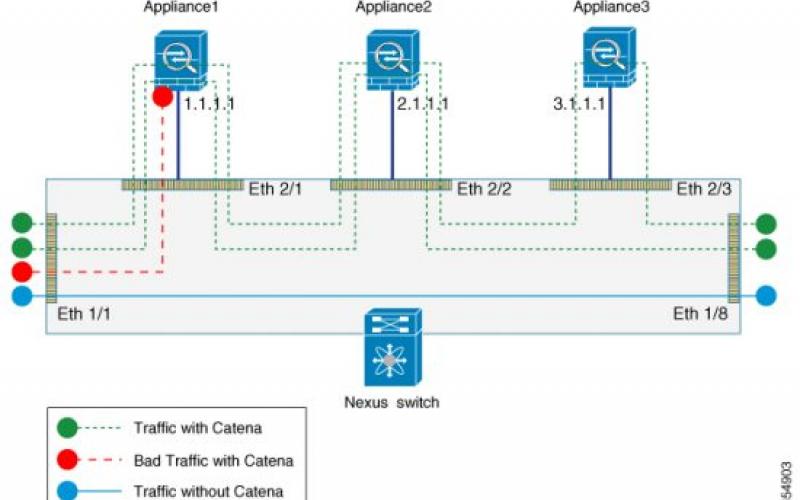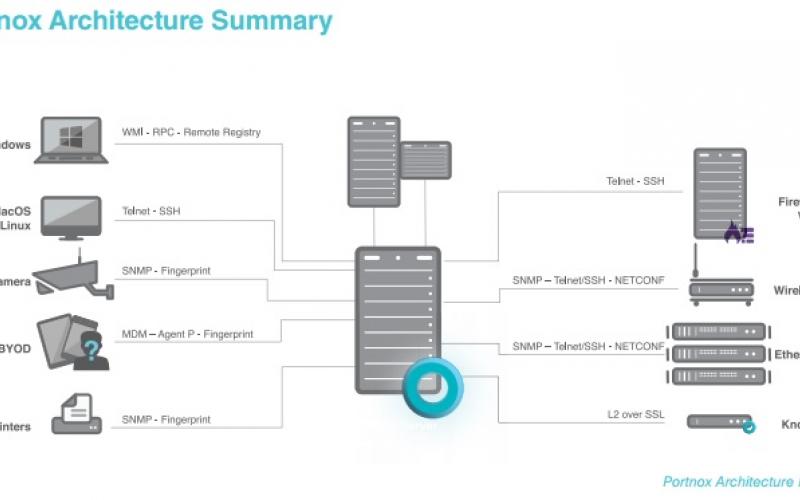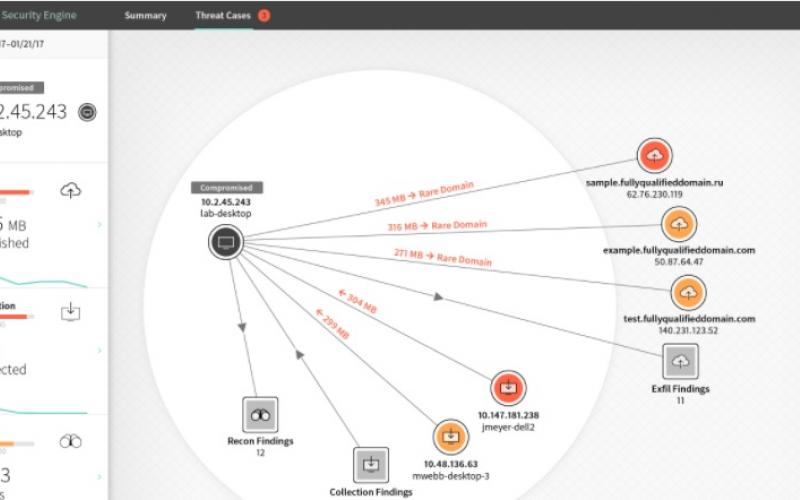Cloud
Cisco Catena
@ciscoDC
The judges said:
Cisco has addressed one of the single most persistent issues in establishing effective cloud operations through its product, Catena, a high speed, software-defined wide area networking system that can manage both applications and different types of devices. Catena will manage firewalls, DDoS protection, identity services engines, SSL offload engines, network monitoring, switches, routers and application servers. If a set of firewalls needs to scale, Catena can manage the cluster.
Through virtualized network functions, it can microsegment the network for different customers, departments or users, attaching policies that govern the segment's security and performance characteristics. With it, a wide set of cloud resources can be expanded or contracted on demand, with Catena logic subbing for human administrators. Catena software sitting on top of Cisco 7000 and 9000 Nexus switches can scale up to 40 Tbs, compared to solutions solving fewer problems executing at 400 Gbs. There are no requirements in it that restrict it to Cisco hardware. It can run natively on other vendors' devices. Catena is one of the first examples of Cisco functioning as a software company.
Catena can be used for service chaining, and orchestrate network and application services through level four of the network up to the application (level 7), as well as the typical device and network managements functions of kevels 2-4. It is an inter-cloud system able to reach across private cloud, public cloud and hybrid cloud. Catena can project policies set in the data center out into the cloud and enforce them there.

















